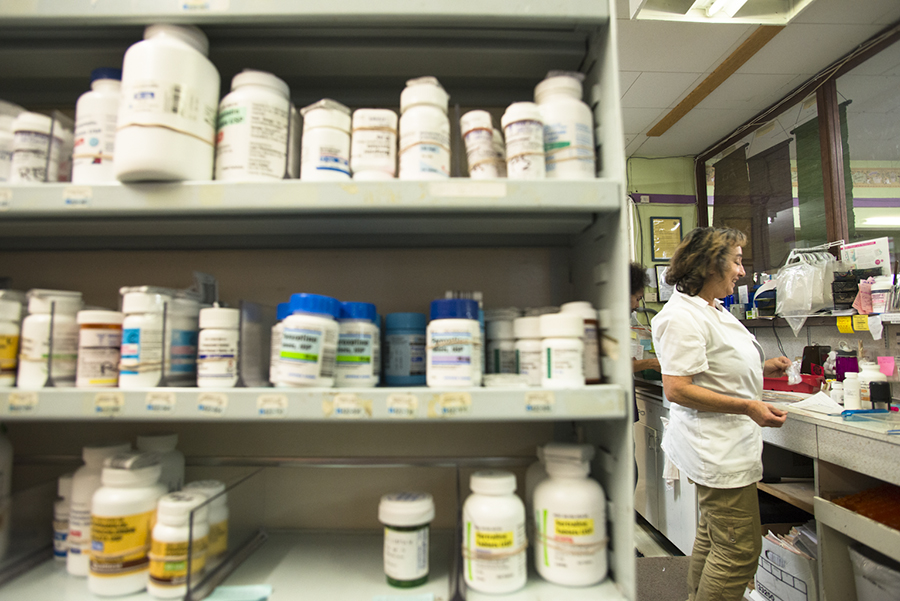In an effort to limit a disturbing increase in prescription drug abuse, the Food and Drug Administration recommended stricter regulations on the most commonly prescribed . . .
Painkiller shift aims at rising overdoses


In an effort to limit a disturbing increase in prescription drug abuse, the Food and Drug Administration recommended stricter regulations on the most commonly prescribed . . .